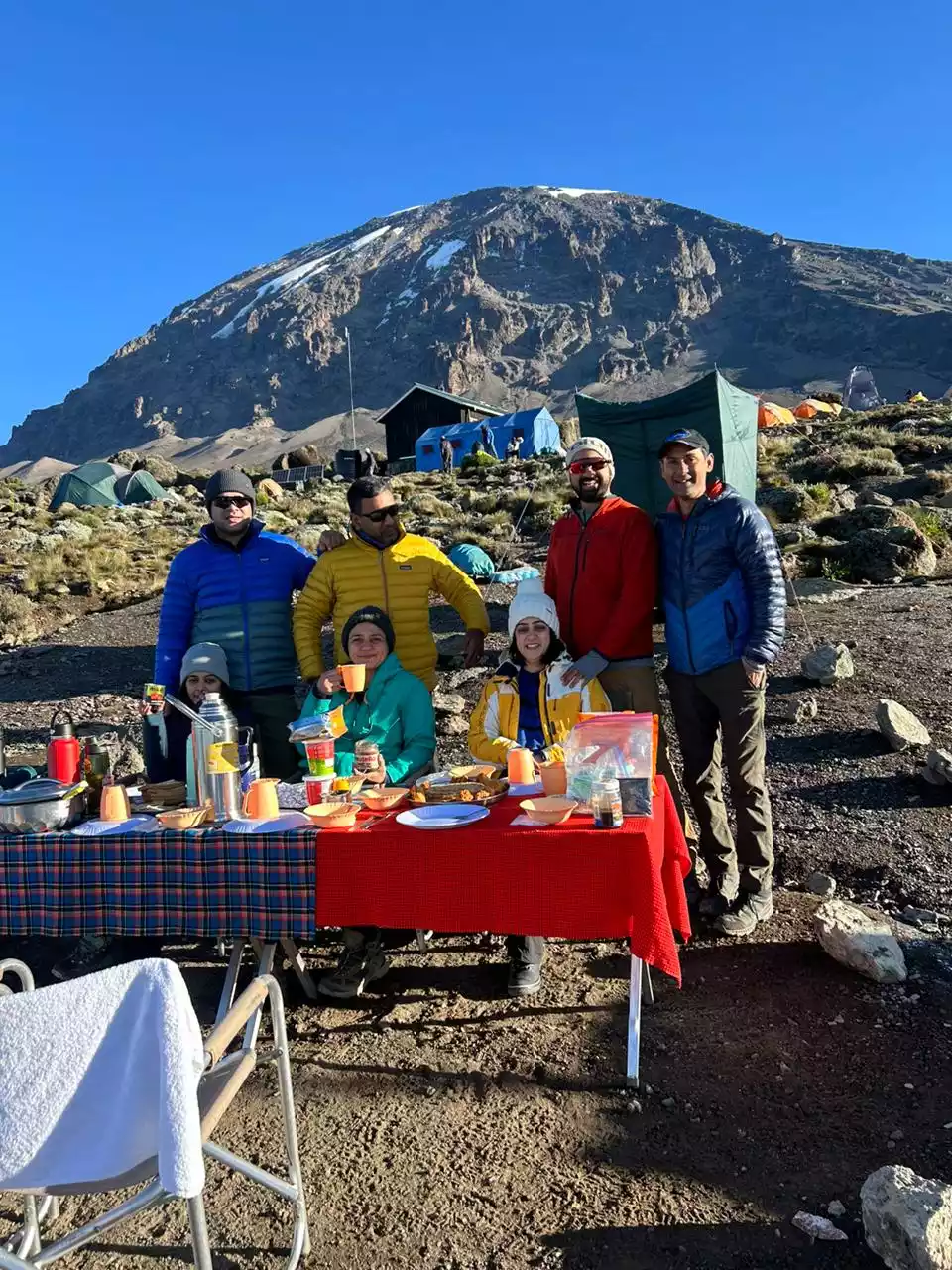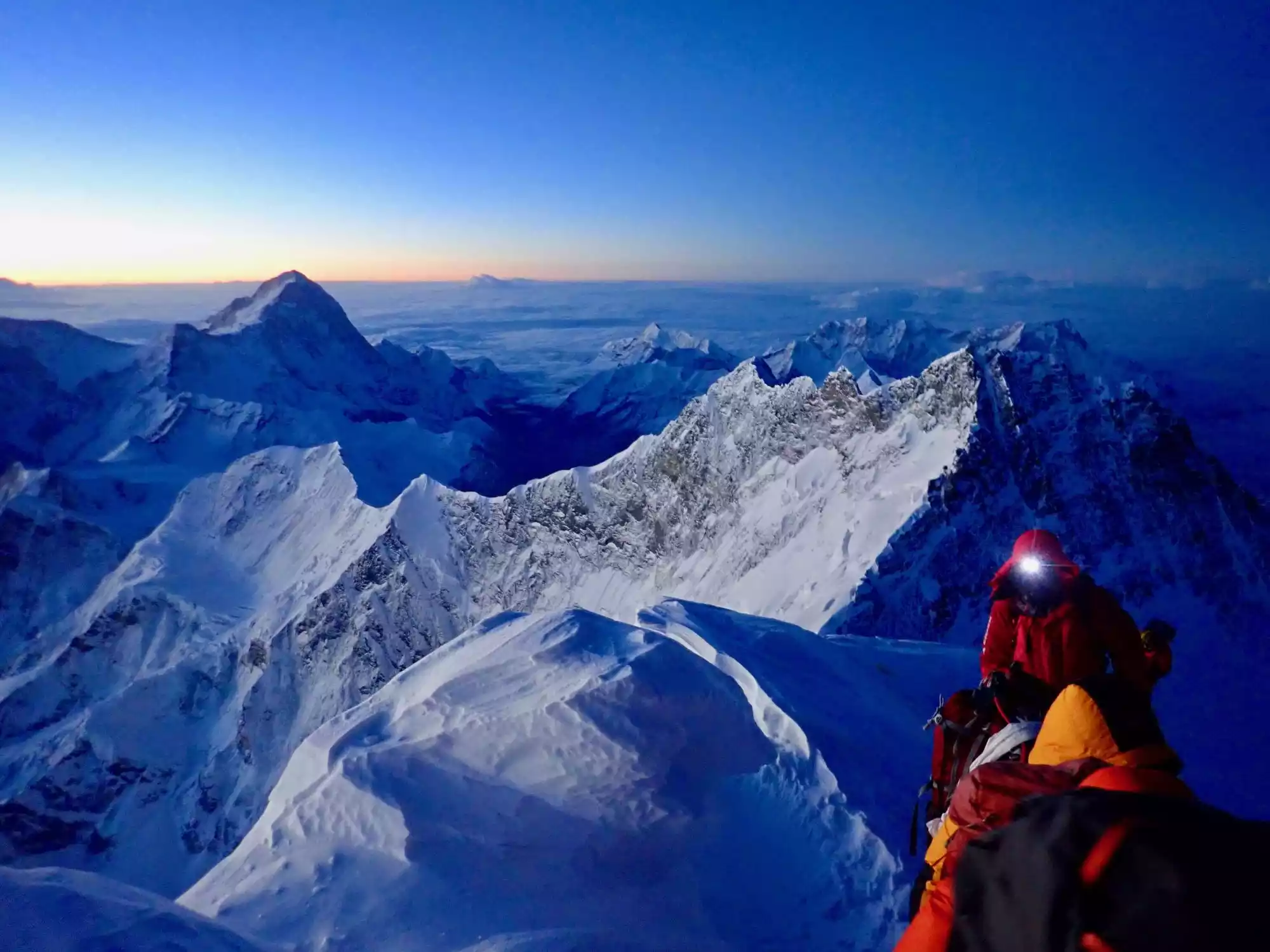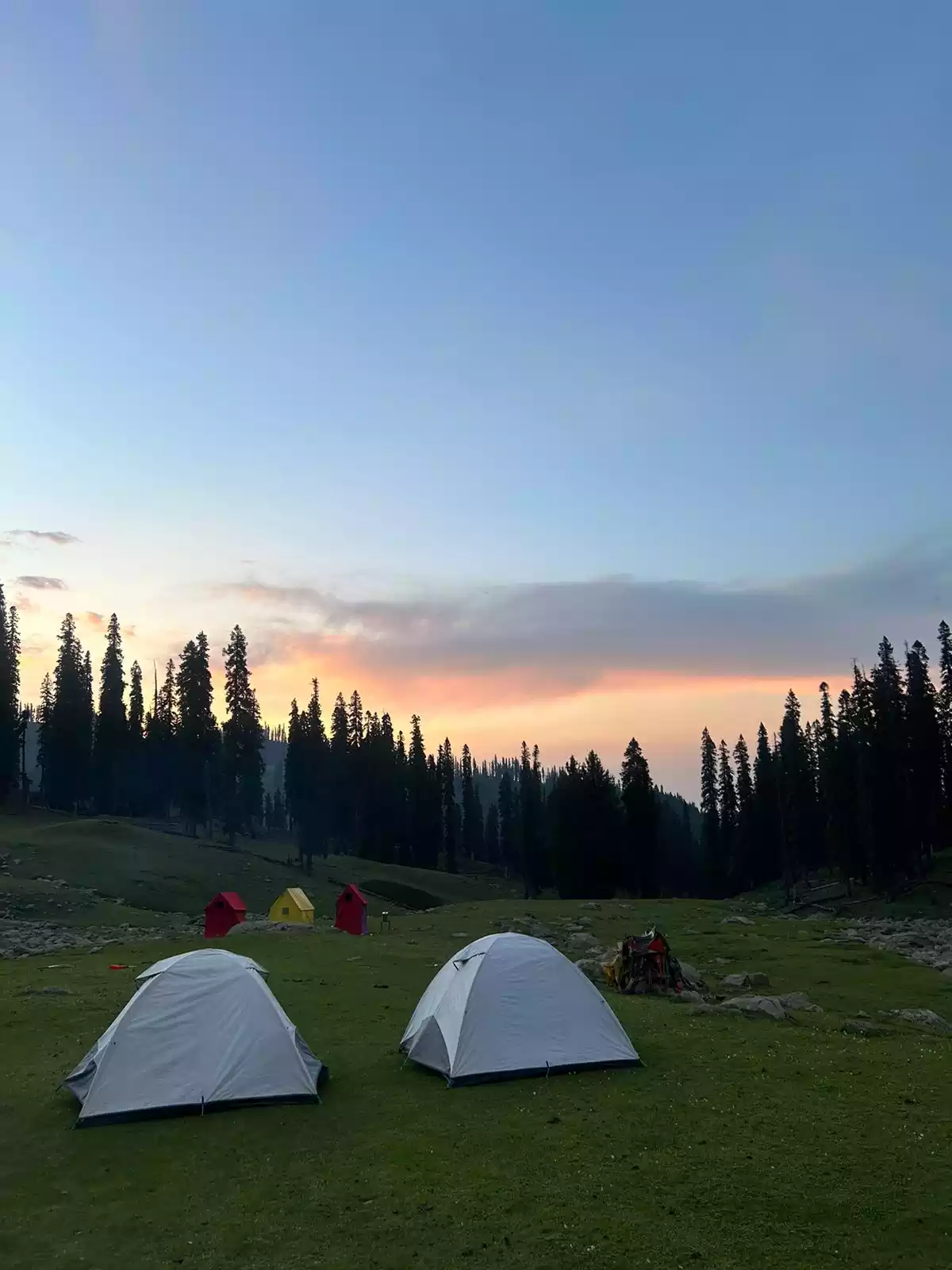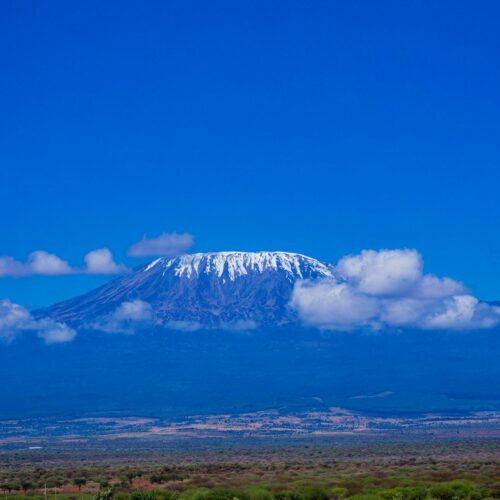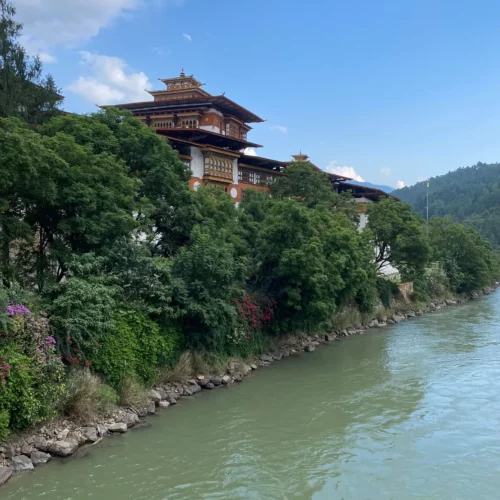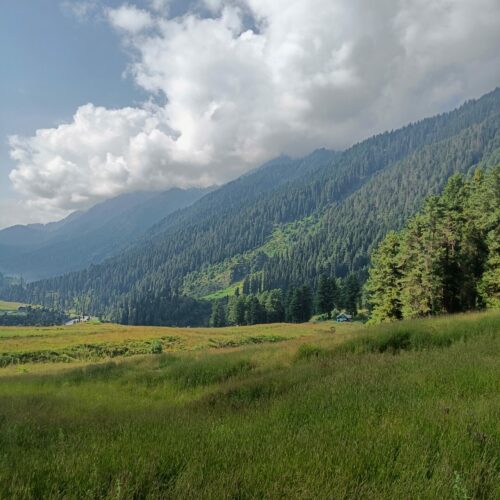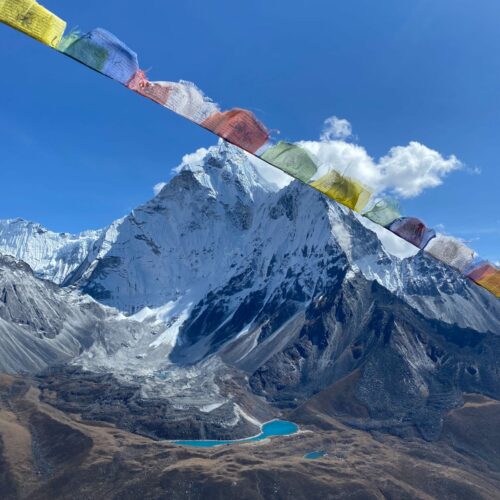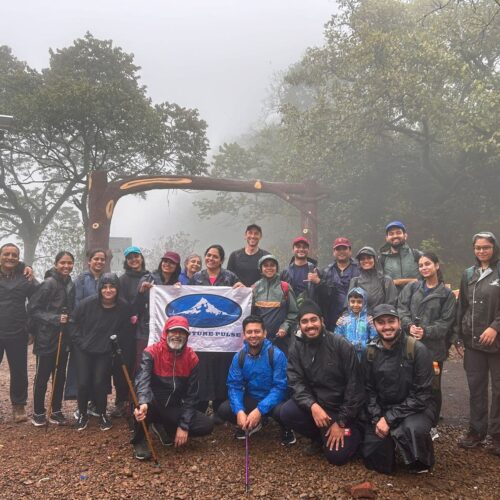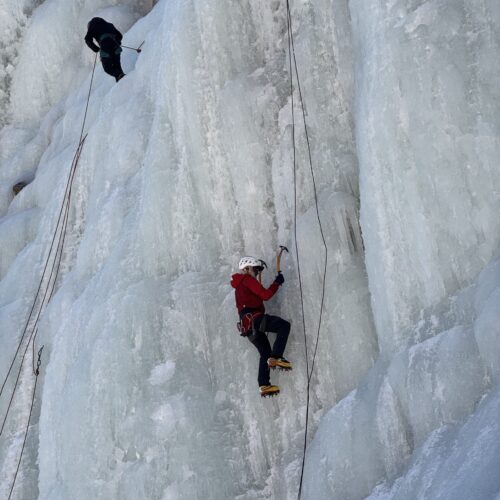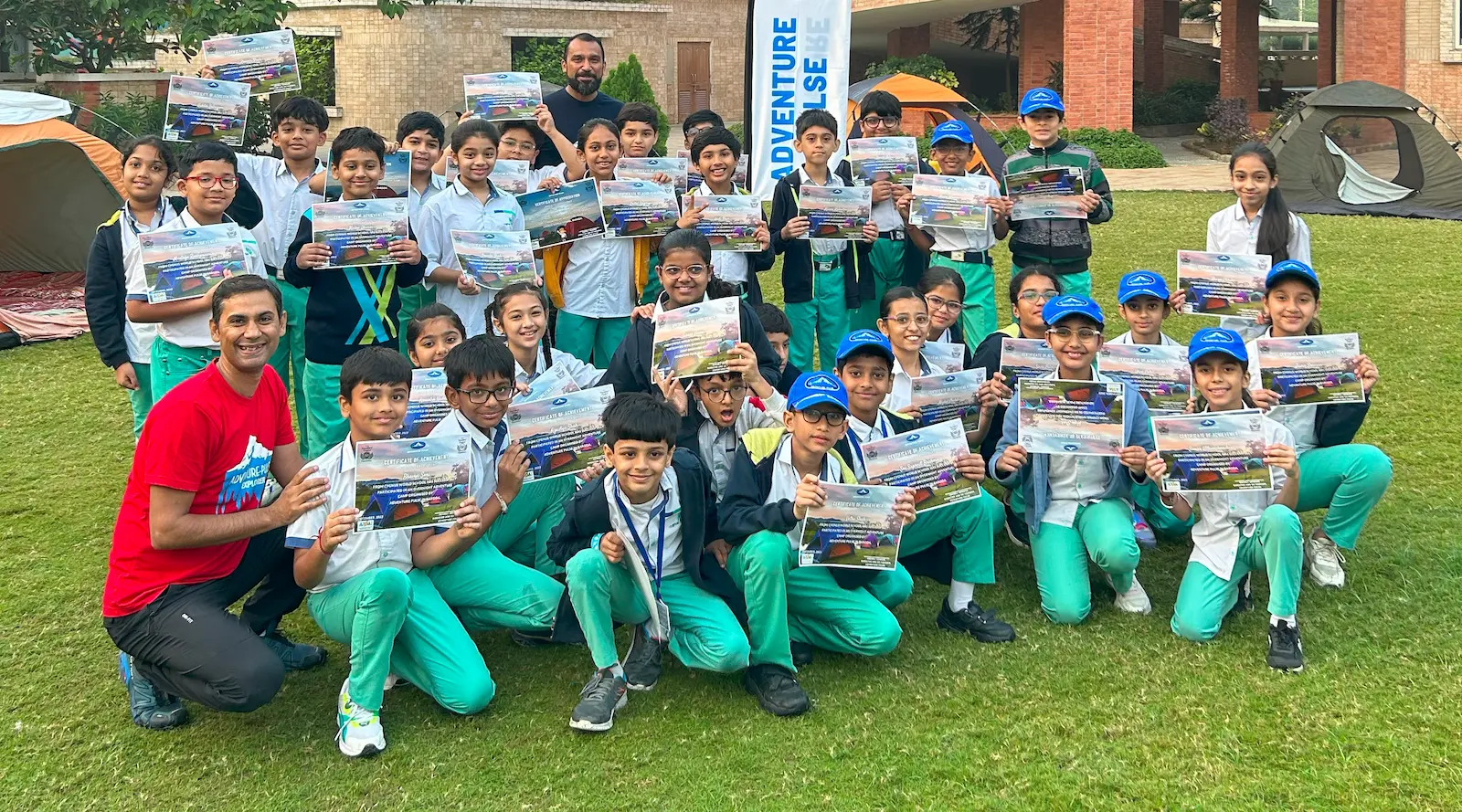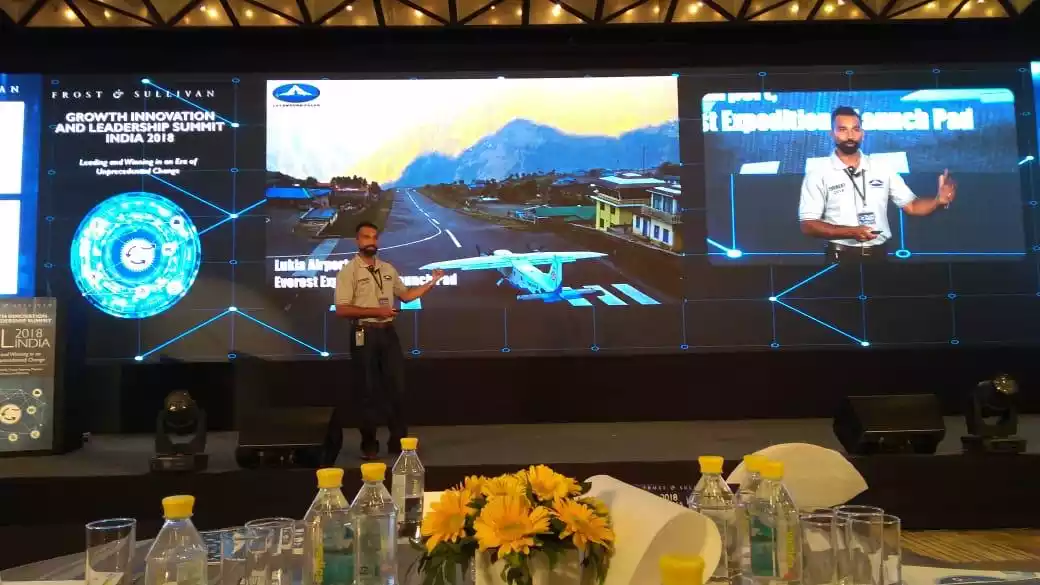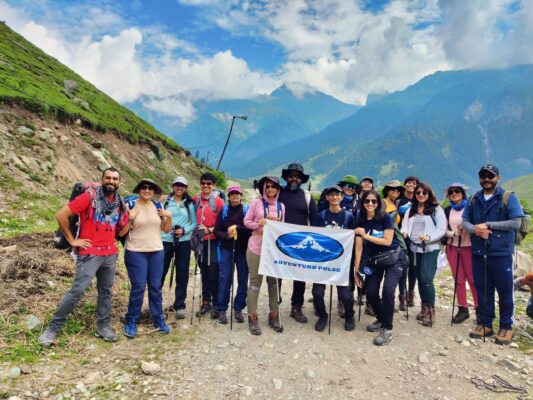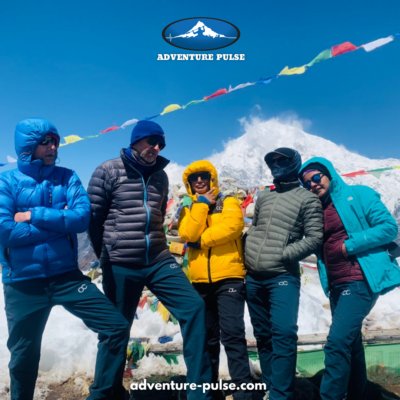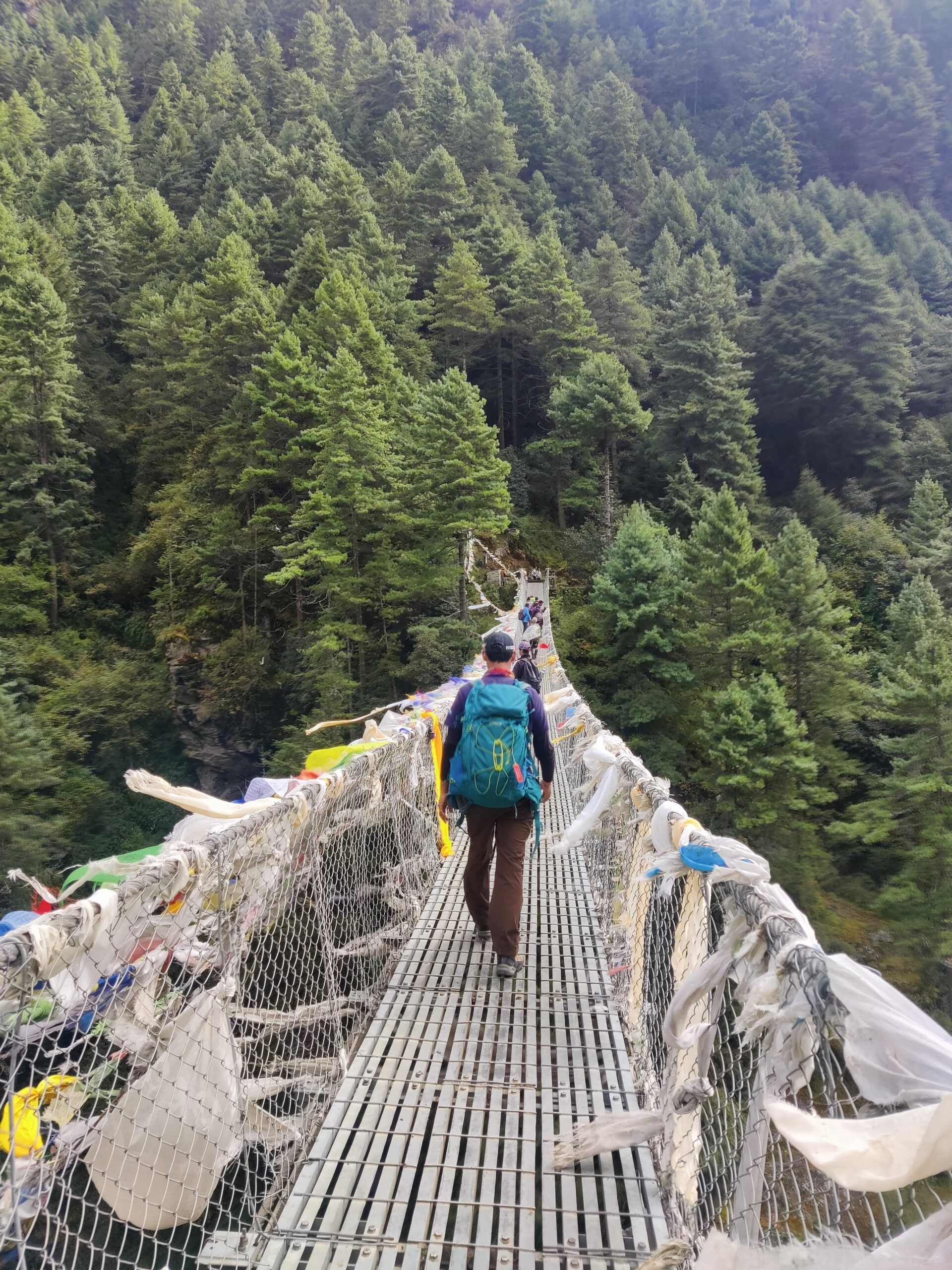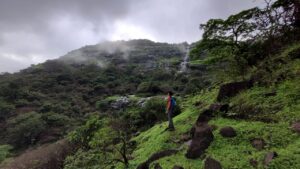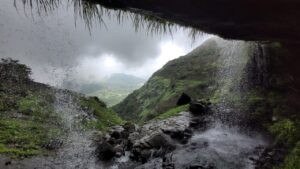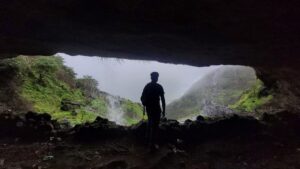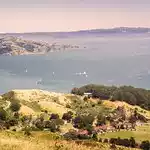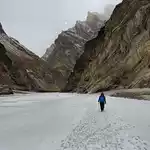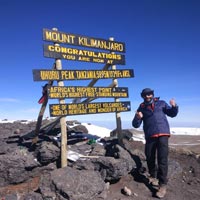Established in 2010
Brief Itinerary
-
- 4:30 AM – Departure from Pune (pickups for 2-3 central locations)
- 7:30/7:45 AM – Arrival at Amboli Village
- 8:00/8:15 AM – Post a light stretch and trek + safety briefing, begin the trek to Dhakoba (Snack Boxes will be provided for Breakfast on trail)
- 9:00/9:15 AM – Arrive at the hidden cave behind a small waterfall on Darya Ghat
- 9.45 AM – Reach the plateau and get the first glimpse of Dhakoba Peak
- 10.45 AM – After crossing 3 small forest patches, climb to the summit of Dhakoba
- 11:15 AM – Begin the descent to Amboli
- 1:30 PM – Reach Amboli & have an authentic Maharashtrian lunch.
- 2:30/2:45 PM – Depart for Pune
- 6:30/7:00 PM – Arrival in Pune
Inclusions & Exclusions
Trip Cost Includes:
- Central pick up & drop from Pune to Pune.
- Breakfast
- Maharashtrian Lunch after the trek.
- Expert team of trek leaders & guides.
- First Aid Readiness & Medical Kit.
Trip Cost DOES NOT Include:
- Transport to and from the local pickup point in Pune
Things to carry
Download as PDFApparel
- Trekking shoes with good grip
- Comfortable clothing to hike in - avoid wearing jeans and preferably wear full pants
- A windbreaker or a jacket for the winter months
- Rainjacket/Poncho for the moonsoon
- A cap/beanie
Accessories
- Backpack
- Water (at least 2-3L)
- Buff or Neckwarmer
- Sunglasses
- Sanitizer
- Spirit of Adventure (compulsory)
Fitness
Download as PDFThis underrated trek can be attempted by anyone with a decent fitness level who can walk at least 4-5 hours. From beginners in the outdoors to Sahyadri veterans looking for a quiet and serene adventure away from the crowds - the trail to Dhakoba's summit is a perfect escape into the greenery of the Western Ghats.
FAQs
Featured Blog Posts
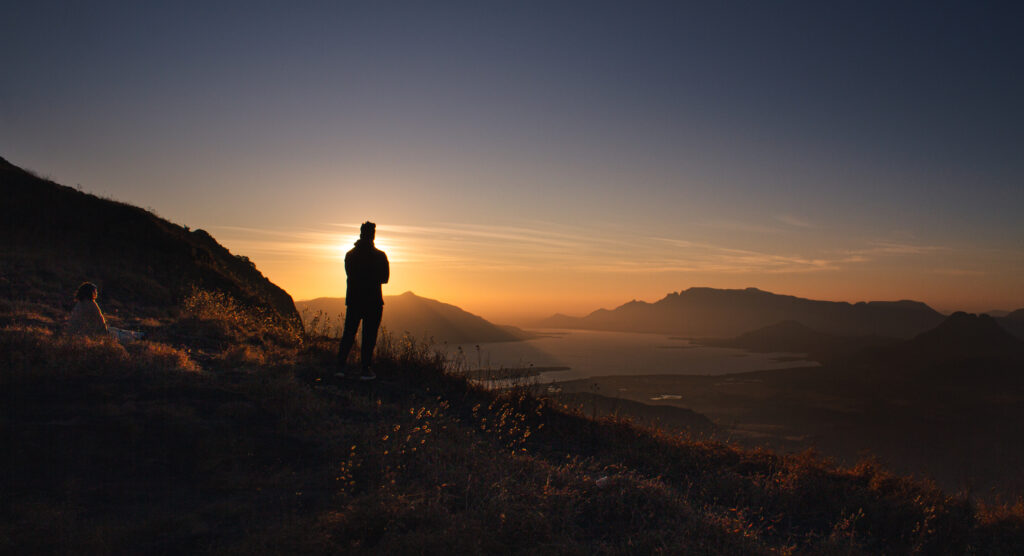 Golden Hours at Konkankada – Harishchandragad Explored in 40 Photos! – 2026 - Spontaneity Wins Out - Harishchandragad At Last! Ever since I began hiking in the Sahyadris in 2015, Harishchandragad had been…
Golden Hours at Konkankada – Harishchandragad Explored in 40 Photos! – 2026 - Spontaneity Wins Out - Harishchandragad At Last! Ever since I began hiking in the Sahyadris in 2015, Harishchandragad had been… 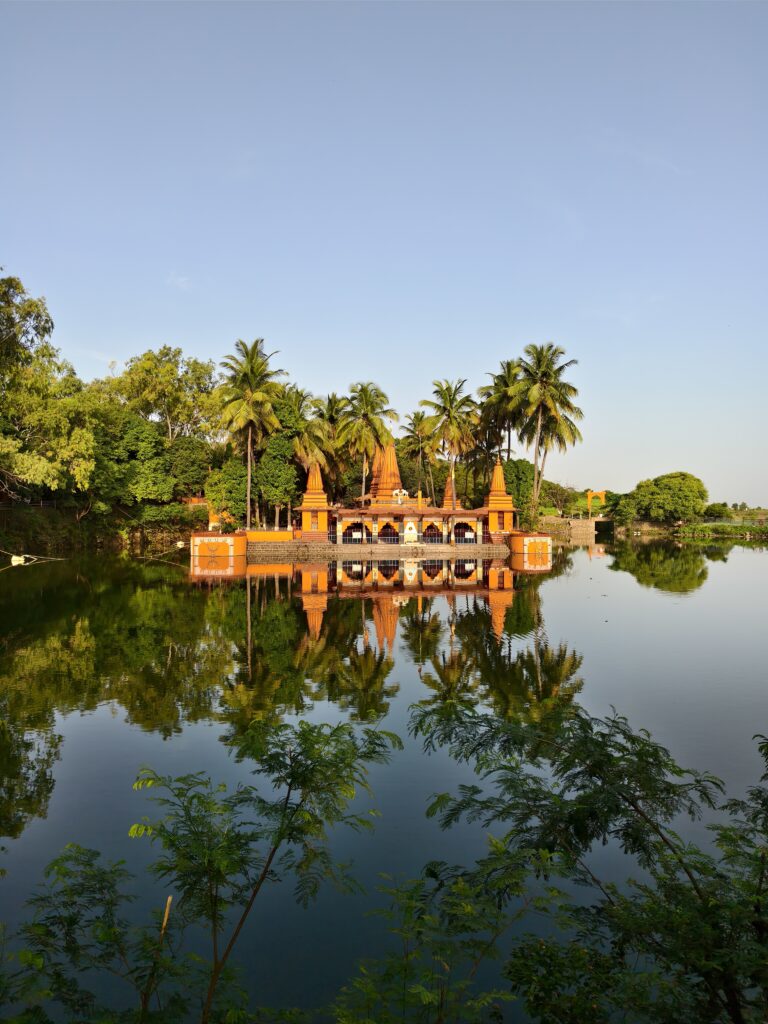 18 Amazing photos of Ramdara Temple Trek in Pune 2026 - Overview Pune city has begun to experience a lot of crowd and traffic in the last few years. With the…
18 Amazing photos of Ramdara Temple Trek in Pune 2026 - Overview Pune city has begun to experience a lot of crowd and traffic in the last few years. With the… 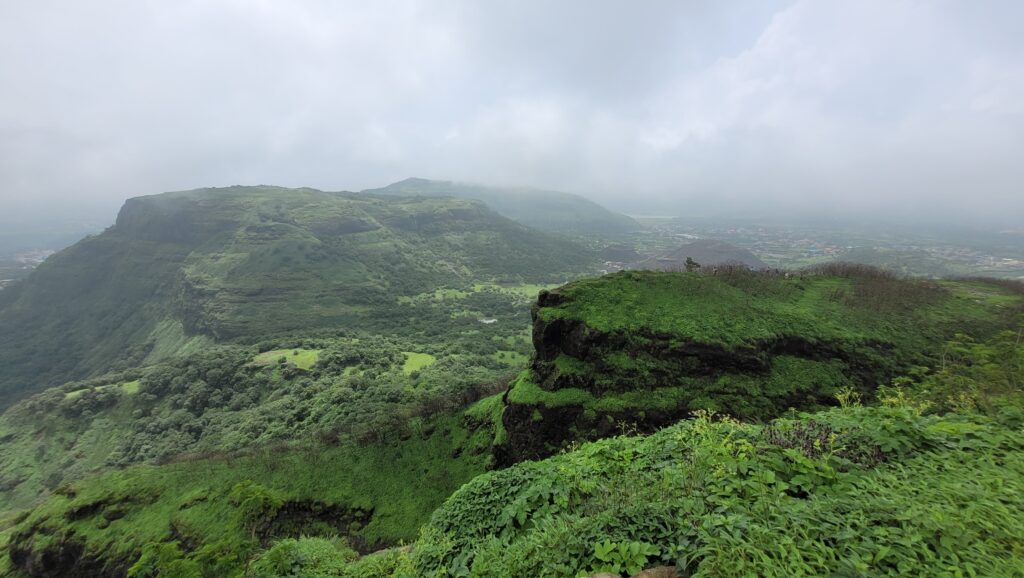 25 Amazing photos of Dukes Nose Trek, via Khandala, 2026 - Dukes Nose Trek via Khandala Route - Overview: Duke’s Nose, one of the most iconic cliffs in the Sahyadri range,…
25 Amazing photos of Dukes Nose Trek, via Khandala, 2026 - Dukes Nose Trek via Khandala Route - Overview: Duke’s Nose, one of the most iconic cliffs in the Sahyadri range,… 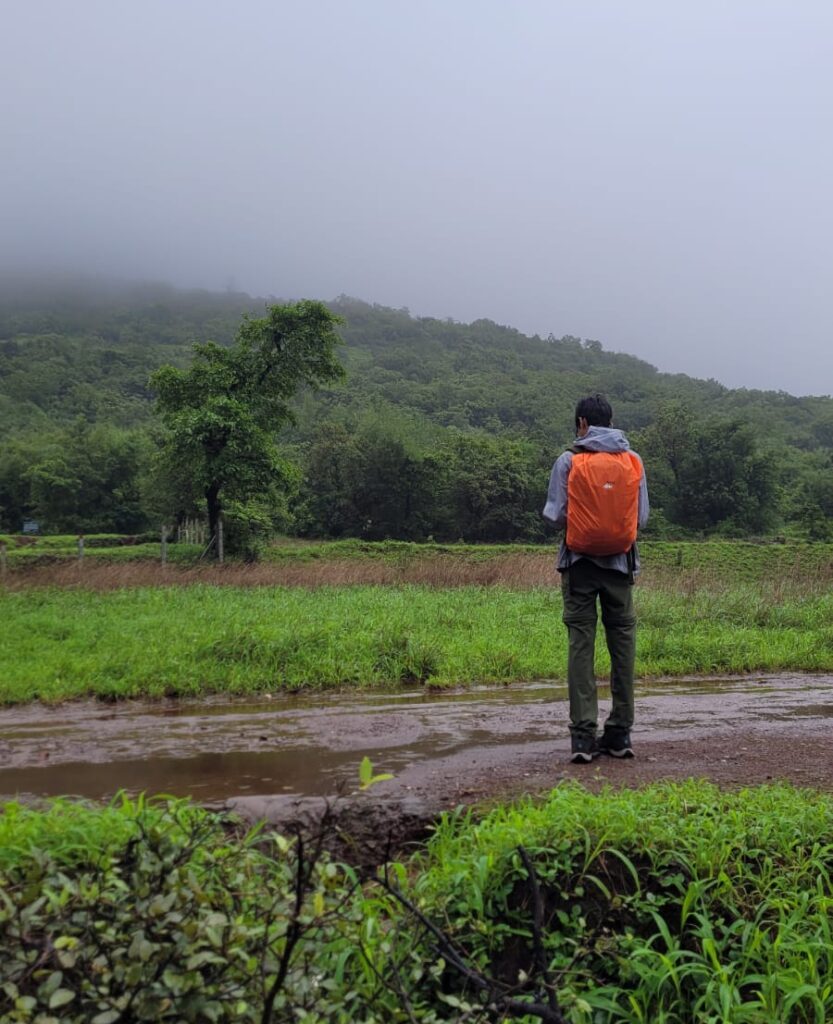 Discovering the Andharban Trek – The Dark Forest of the Sahyadris! – 2026 - Andharban - A Beloved Trail Near Pune Departing Pune in the Early Hours Before Dawn Last Thursday, I embarked on…
Discovering the Andharban Trek – The Dark Forest of the Sahyadris! – 2026 - Andharban - A Beloved Trail Near Pune Departing Pune in the Early Hours Before Dawn Last Thursday, I embarked on…

